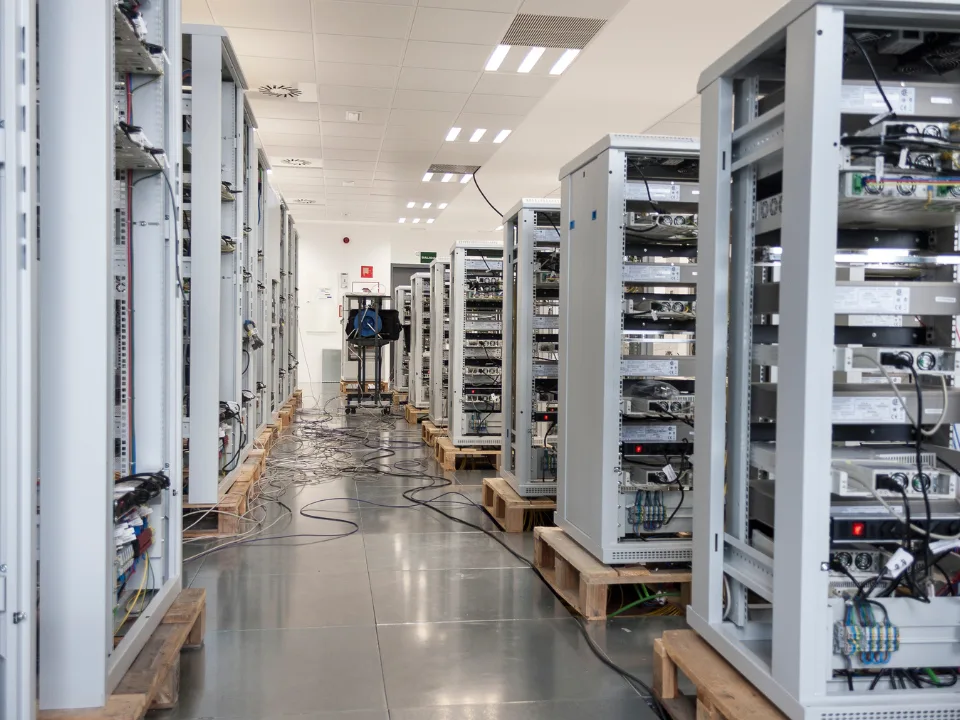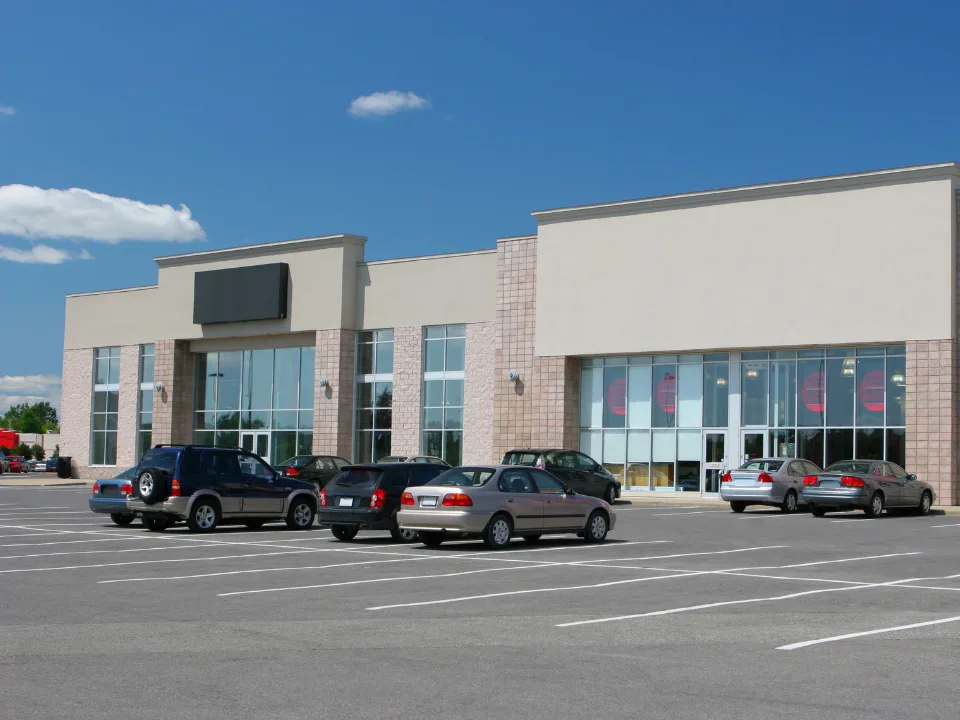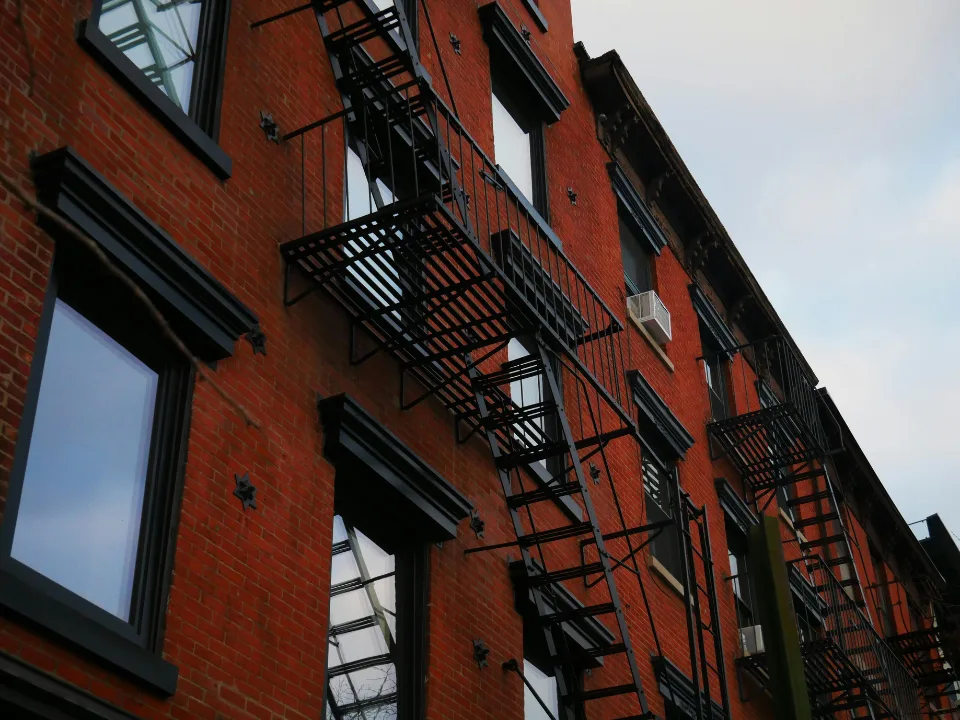- DFW office returns reached 62.4% in July, slightly above the U.S. average, and significantly higher than Austin and Houston.
- Central Business District and Uptown are reporting over 90% in-office return rates, compared to lower rates in outlying areas like Las Colinas.
- Despite high return rates, office leasing activity remains sluggish, with vacancies at 25.9% and negative absorption in 2Q24.
According to The Real Deal, cell phone data reveals that office return rates in Dallas-Fort Worth are approaching pre-pandemic levels.
Leading The Nation
In July 2024, the Metroplex saw a return rate of 62.4%, surpassing the national average of 61.9%, according to Bisnow, citing data compiled by Avison Young’s Office Busyness Index, which uses cell phone mobility data to measure return-to-office trends.
While DFW overall is outpacing other Texas markets like Austin (54.6%) and Houston (59.3%), return rates are especially strong in Dallas’ core business districts.
In the Central Business District and Uptown neighborhoods, over 90% of employees are back in the office, highlighting the area’s draw for workers who live nearby and have shorter commutes.
Suburban Disparities
Return rates vary significantly in DFW’s outer areas. For instance, Las Colinas, located farther from the city center, sees only 52.2% of employees regularly returning to the office.
Avison Young’s senior insight analyst, Walter Bialas, attributes this to longer commutes for suburban workers, who have adapted to hybrid and remote work arrangements.
Closer-in suburbs, where shorter commutes are common and public transportation is available, see higher return rates—around 84%.
However, distant suburbs along major highways, such as the Dallas North Tollway and Central Expressway, lag behind the metro average.
Looking Forward
Despite high return rates, DFW’s office leasing remains weak. In Q2, leasing activity was just 65% of the normal average, totaling 5.7 MSF.
Meanwhile, vacancy rates climbed to 25.9%, the highest since the 1980s, and absorption was negative, with 456 KSF more space opening up than was leased during the quarter.
Walter Bialas suggests that while return-to-office rates are improving, the pace of recovery will likely be slow. Nationally, full pre-pandemic office usage may not return anytime soon.

















